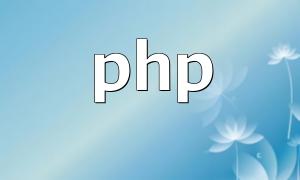In PHP development, querying a database is a common task, and using a foreach loop to process query results is a widely used approach. However, when queries become frequent, using foreach without optimization can lead to performance issues. This article demonstrates how to optimize PHP foreach queries using practical examples.
Suppose we have a user table (user) with 10,000 records, and we need to query user information based on a list of user IDs. The simplest way is to use a foreach loop to query one by one. Below is an example of the code:
While this approach works, as the number of user records increases, the loop count becomes larger, leading to performance degradation due to excessive queries.
To optimize this code, we can consider batch querying. Instead of querying users one by one, we can fetch all the required information at once, reducing the number of queries and significantly improving performance.
First, we can convert the user ID list into a comma-separated string and use it as part of an IN clause in the query. This allows us to fetch all relevant user information in a single query. Here's an optimized code example:
Using the IN clause for batch querying significantly reduces the number of queries, improving database efficiency.
To further optimize, we can use prepared statements. Prepared statements avoid re-parsing the SQL query each time, improving query efficiency. The optimized code would look like this:
Using prepared statements can greatly improve performance because the query is parsed once, and execution is faster.
By using batch querying and prepared statements, we can effectively optimize the PHP foreach loop query process, reducing the number of database queries and improving performance. In real-world development, choosing the appropriate optimization strategy should be based on the specific use case. Performance optimization is an ongoing process that requires continuous testing and adjustment to achieve the best results.









